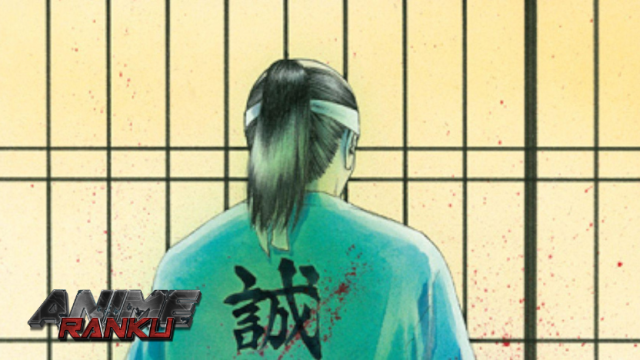The second season of the anime Vinland Saga is one of the most eagerly anticipated of the Winter 2023 lineup due to its gritty and emotional portrayal of the Viking era. Vinland Saga has a sizable and devoted fanbase. It’s less well known that creator Makoto Yukimura is also responsible for another deeply moving historical drama. Fans of the Vinland Saga who want something to read while they wait for new episodes will enjoy this manga.
Both Our Farewell Is Near and Vinland Saga is historical novels that share a lot of common themes despite focusing on very different historical periods. However, their formats enable them to approach these themes from various angles, providing readers with a distinctive and disparate experience.
Our Farewell Is Near by Makoto Yukimura’s Story

Our Farewell Is Near was written and illustrated by Makoto Yukimura in 2004. The story focuses on Okita Sōji, a man famous for his skills with a sword. In fact, Sōji was so talented that he was made the captain of the first unit of the Shinsengumi during the late shogunate period.
This story is set near the end of Sōji’s life when he is growing weaker. He’s reduced to spending his days watching the birds go by in the garden, but his lack of purpose bothers him. However, when he learns how poorly the war is going, he begins to reflect on his life and all that has happened to him.
Fantastic historical manga Our Farewell Is Near portrays a fascinating time in Japanese history in an emotional and original manner. Together, they demonstrate how conflict can transform people and societies and how it can leave people with lifelong scars. It is the ideal complement to Vinland Saga. Fortunately, Kodansha’s releases of the Vinland Saga included Our Farewell Is Near as a bonus chapter, making it simpler than ever to get started.
The novel Our Farewell Is Near is a Fantastic Addition to the Vinland Saga

Both Our Farewell Is Near and Vinland Saga looks at the lasting effects of violence and how actions made in service of war can haunt those who have to perform them. In Our Farewell Is Near, Okita Sōji reflects on the things he has seen and done in battle. The visuals and atmosphere make it clear these decisions still weigh heavily on his mind, even if the events have long since passed. Additionally, it shows how these actions can consume a person. Sōji and the other men struggle to adapt to not being in combat, causing them to fall into crisis when forced to leave the battlefield as their personalities have become centered around their skill at killing.
Another thing that both stories have in common is a candid look at how war and conflict never truly end, and how even the most peaceful times can quickly devolve into chaos. Readers see how moments of apparent peace are quickly revealed to be lies in Vinland Saga, but the ending of Our Farewell Is Near takes this a step further. Even though Sji is not currently involved in a conflict, readers learn from other characters that it is still ongoing; thus, despite Sji’s best efforts, the conflict will continue, causing more harm.
Both series also use raw, unflinching visuals to show the horrors and damage of conflict. However, Our Farewell Is Near takes it even further than Vinland Saga. During this era, Makoto Yukimura’s art is noticeably rougher and less stylized, which makes this manga feel more grounded and gritty. This is fitting, as the story being told is heavily based on actual historical events. The grit is most evident in the manga’s depiction of Sōji; he is realistically gaunt, his appearance truly capturing the fact that he is a man hanging onto life by a thread. Even when the story flashes back to his younger days, you can clearly see his illness and the war taking its toll on him as he slowly grows more haggard.
Our Farewell Is Near uses a lot more symbolism and imagery to convey its plot points than Vinland Saga, despite being the shorter story. The reader is left to determine what everything means in the larger narrative context. As a result, the one-shot is packed with clever visuals that will fans thinking long after they have finished reading.















Leave a Reply